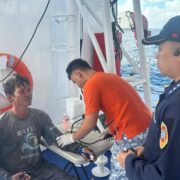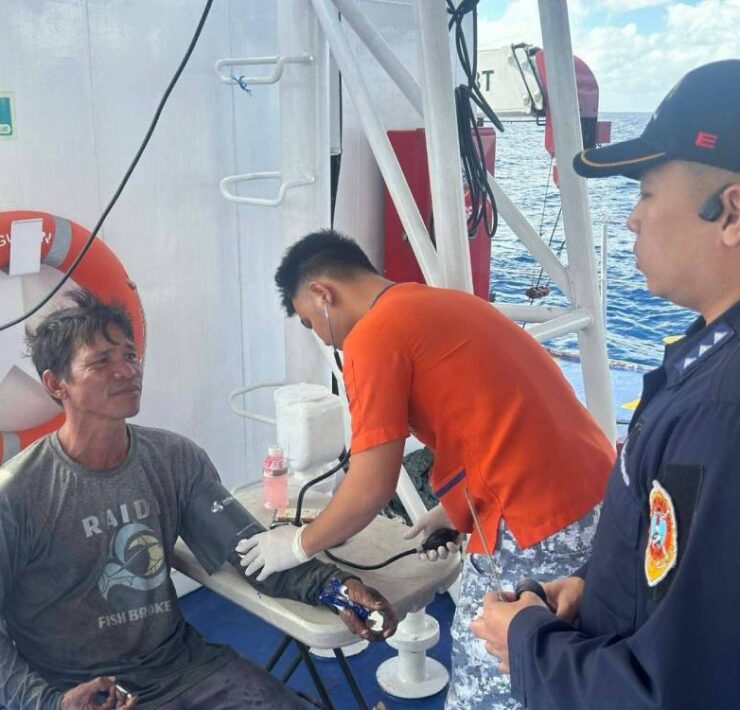Bonito fish imports allowed if meant for canning
The Department of Agriculture (DA) is now allowing institutional buyers to import bonito (tulingan) as long as the commodity will be used solely for producing canned goods.
This is laid down through Memorandum Order (MO) No. 19 signed by Agriculture Secretary Francisco Tiu Laurel Jr. on May 8, which took effect immediately.
When sought for elaboration, Bureau of Fisheries and Aquatic Resources (BFAR) spokesperson Nazario Briguera said that the DA’s directive will “ensure that the supply for canning purposes will not be affected.”
Through MO 19, the DA is making another exception following MO 14 that was promulgated last April 1.
MO 14 disallowed the entry of imported frozen round scad (galunggong), bonito (tulingan) and mackerel (alumahan)— except for the latter, if intended for canning.
Still, the volume of mackerel to be shipped in for canning purposes must be based on the sales of the canned products from the previous year, plus an additional 10 percent for buffer.
The DA issued MO 14 in response to several reports that the agency received, which stated that such imports were being diverted to wet markets, instead of going to the factories at the expense of local fishers.
Briguera said earlier that redirecting frozen fish to wet markets is an illegal act that could disrupt supply and demand and would have a repercussion on the industry.
“The top commodities that are identified as prone to diversion [to local wet markets] are round scad, bonito and mackerel,” MO 14 read.
The DA has since then also issued MO 18—and the latest one, MO 19—to lay out additional rules on putting off the issuance of sanitary and phytosanitary import clearances for frozen fish.
MO 18, issued on April 26, stated that those fish caught by Philippine-registered fishing vessels carrying valid fishing permits in distant waters—or outside Philippine territory—are not considered “imported.”
Still, MO 18 states that such fish shipments are “subject to all import duties and taxes when the same is landed in duly designated fish landings and fish ports in the Philippines.” — INQ




















